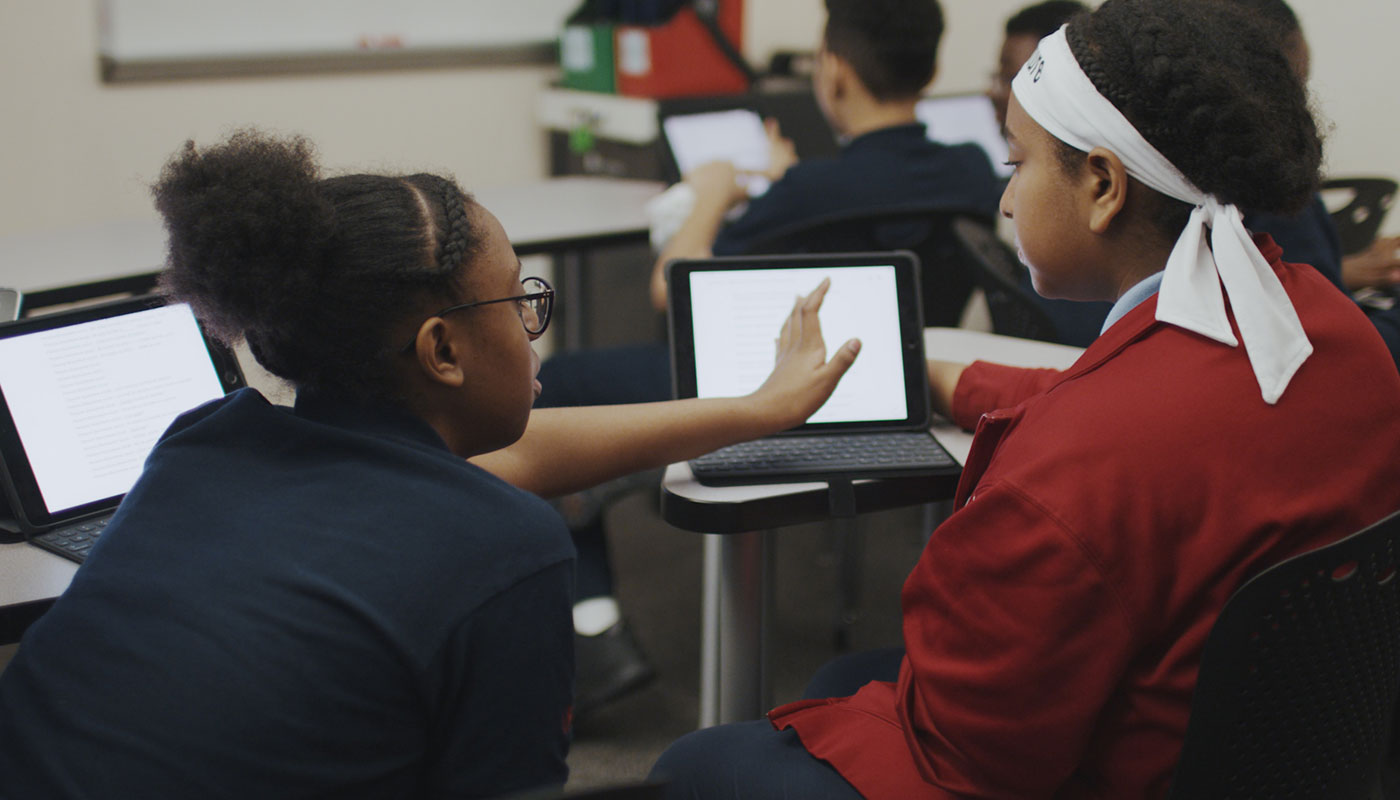
Essential questions are designed to encourage further questioning about a particular subject. They’re intended to spark a conversation about the subject rather than simply providing a factual answer to the question.
But let us help you break it down…
Typically, inside a classroom, a teacher asks content questions that require a definite and factual answer. Here’s an example: What are the three branches of government?
There’s only one answer to this question: Executive, Legislative, and Judicial.
Now, let’s reframe the example as an essential question: When does a government overstep its authority?
When posed in this way, students begin to think about the subject on a deeper level. They might talk about what state delegates were trying to achieve when writing the Constitution, and hopefully, discover the importance of checks and balances.
It’s also important to know that content questions like the initial example aren’t bad. They’re actually great for building foundational knowledge and recalling information that’s easy to forget. But by asking an essential question, students do more than simply focus on memorizing facts and figures.
Essential questions encourage students to carry out their own investigations about a subject. And since there’s no real right or wrong answer to an essential question, they tend to stimulate ongoing inquiry, spark more questions, invite the exploration of ideas, and encourage collaboration — all while allowing students to draw their own conclusions about the material.
The importance of essential questions
Essential questions get students engaged in the kind of thinking it takes to truly understand a subject. They help students see the connection between content standards and important questions through inquiry and thoughtful conversation. That means students learn more than just the subject matter but why it’s relevant, too.
Let’s take a look at another example essential question: Can the things you eat and drink prevent pimples?
When students dive into finding the answer, they might begin exploring the importance of healthy eating or how what you eat can affect your body.
Because essential questions guide students to find deeper meaning, they set the stage for further questioning. This fosters critical thinking and problem-solving skills, while showing students how to ask the right types of questions to find the answers they need.
Most importantly, instead of merely teaching students about a specific subject, essential questions show students how to learn.
The 7 defining characteristics of essential questions
In the book, “Essential Questions,” authors Jay McTighe and Grant Wiggins explore the difference between essential and nonessential questions. Their research resulted in the 7 characteristics of good essential questions:
- Essential questions are open-ended and don’t have a single, final, and correct answer
- Essential questions are thought-provoking and intellectually engaging. They also promote discussion and debate.
- Essential questions call for higher-order thinking, such as analysis, inference, evaluation, and prediction. They can’t be effectively answered by recall alone.
- Essential questions point toward important, transferable ideas within disciplines.
- Essential questions raise additional questions and spark further inquiry.
- Essential questions require support and justification, not just an answer.
- Essential questions recur over time. They can and should be revisited again and again.
At Summit Learning, we strive to develop and deepen student understanding by beginning every project with an essential question. Stephanie, from the Summit Learning curriculum team says, “The essential question is the guiding beacon for students to discover learning through real-world problems.”
Like what you read? Discover tips on how to improve your child’s progress at school.

